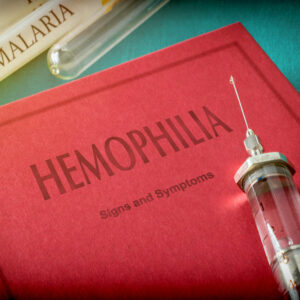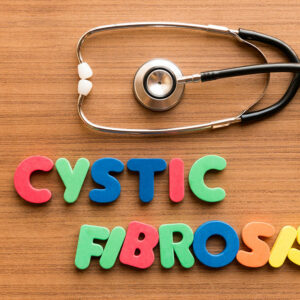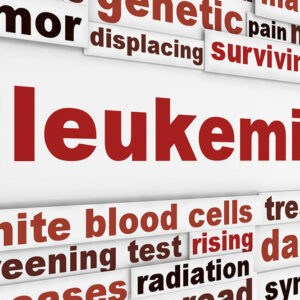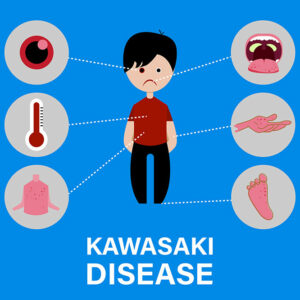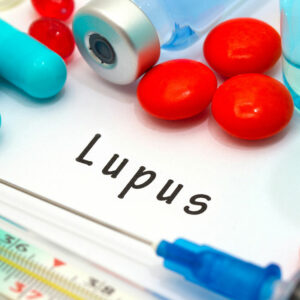
01
Acid reflux during pregnancy
Acid reflux during pregnancy: Symptoms and lifestyle changes to avoid them Acid reflux is a condition wherein one experiences pain in the lower chest area, which is commonly referred to as heartburn. When the acids of the stomach travel back to the esophagus, this condition arises. During pregnancy, hormonal changes may cause the LES or lower esophageal sphincter to not function properly; this is the valve to carry food to the stomach. Also, towards the second and third trimester, the fetus grows and puts more pressure on the stomach, thereby causing food to re-enter the esophagus from the stomach. Signs and symptoms Some of the common signs and symptoms of acid reflux that one may experience during pregnancy are: A burning sensation in the chest near the area behind the breastbone just after eating Chest pain experienced because of bending over, lying down, and eating Burning sensation in the throat or the aftertaste of a sour or salt-tasting fluid towards the back of the throat Belching Prolonged coughing Hoarseness in the throat Symptoms similar to asthma It must be noted that the occasional heartburn is usual and the pain may cease in some time. However, if the pain is persistent, this might be a cause of worry. A possible reason may be gastroesophageal reflux disease or GERD, which is the next stage of acid reflux, or it may even be gastritis. Almost half of the women complain about heartburn during pregnancy. However, if it becomes more frequent, that is when a doctor should definitely be consulted for treatment. Suggested lifestyle changes There are several lifestyle changes that may be adopted in order to avoid heartburn or acid reflux, and make the pregnancy very safe for the mother as well as the baby. Here are some of the steps one can consider taking:
Read More 